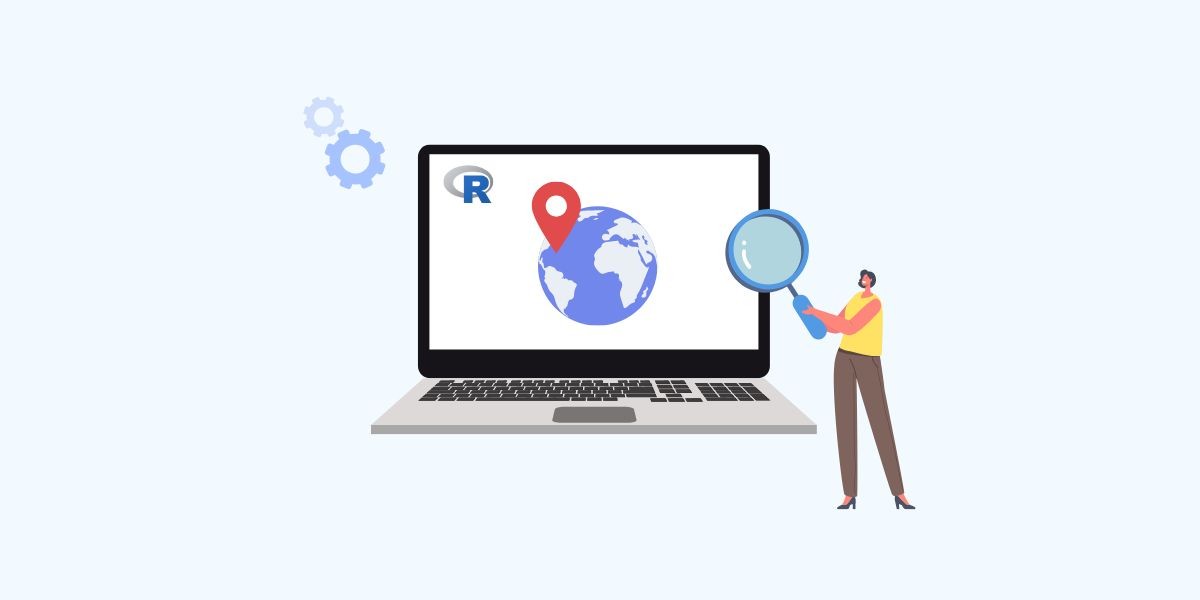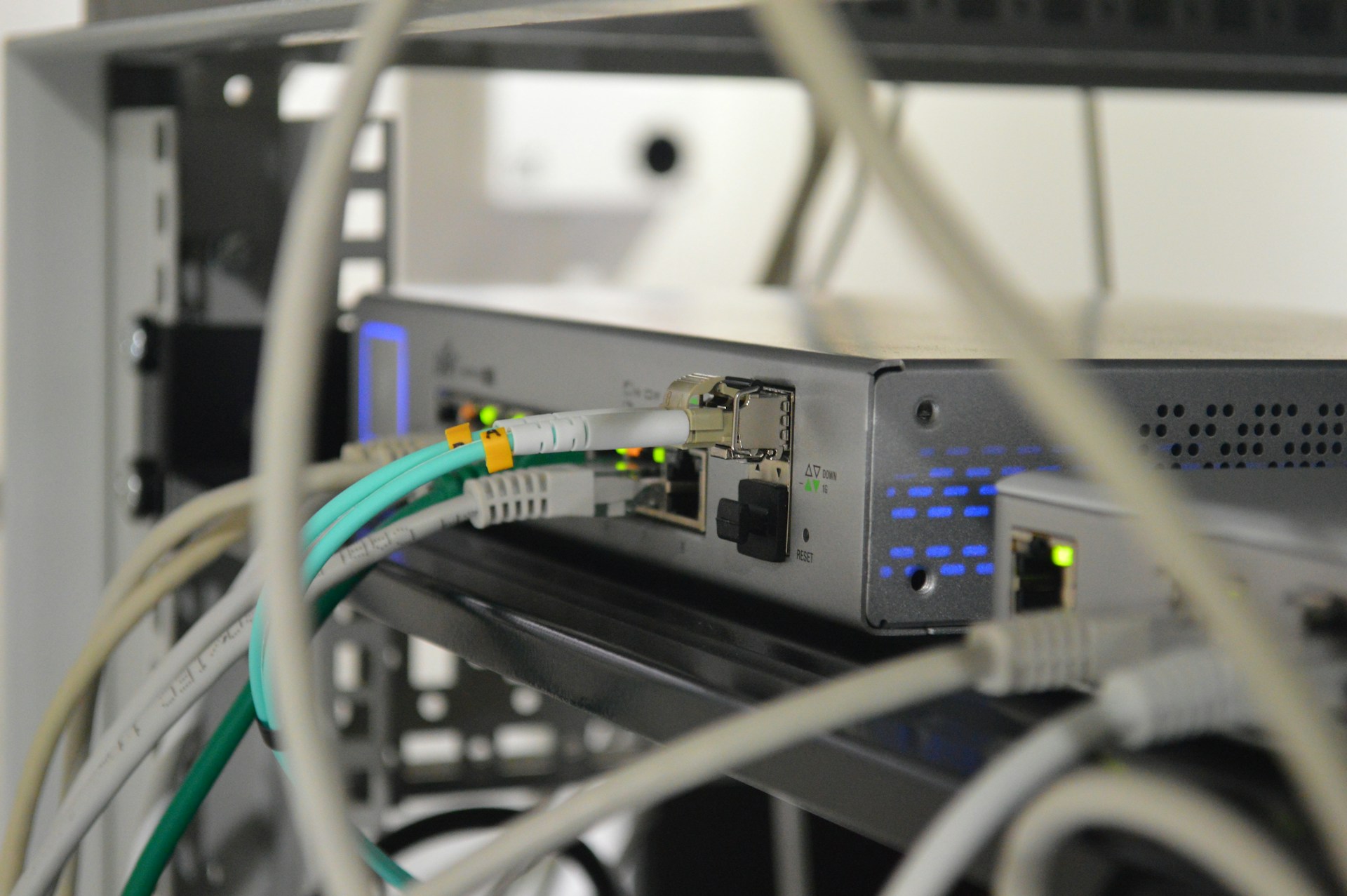
What is my port, i.e. the number attached to the packet with information received by the PC? Depending on its number, the PC determines the program (application) to process the received data. The need to check the port arises in different situations, but the task becomes too complicated for many users.
All computer programs work with the network protocol. However, few users understand how to find out their port number, find out their IP, why do you need openVPN for PC, what are the differences between UDP and TCP protocols? Let’s try to understand it to find out how to determine the proxy, IP-address.
What is a port on a network?
These are virtual extensions, which are additions to IP addresses. Without them, computers cannot process information because they do not recognize which port on the device received it and which application will decrypt it.
Why do you need to know your port?
Ситуации бывают разные. Узнать порт компьютера необходимо:
- when customizing applications;
- to grant access rights;
- while checking ports online;
- when using multiple virtual extensions in the VPN client and proxy checker.
Check the ports when configuring a firewall to protect against virus and hacker attacks.

How do I know my port on Windows?
There are several options. Choose whichever is easier and more suitable.
Using the command line
How do I know my proxy port? There are three simple steps to follow:
- open a command prompt;
- enter the ipconfig command;
- enter netstat -a and get the numbers.
It is recommended to buy mobile proxies to protect your personal data, mask your real IP address, and guarantee the privacy of your work on the Internet.
Through network settings
How to use this method? To do so:
- call the command line by pressing Win+R at the same time;
- use the command “cmd”, then OK;
- type the following command in the window: telnet server_name_server_number_port.
Also a fairly simple and quick way to do it.
How do I find out the port number on macOS?
To find out the port of a Mac device, there are a few things you need to do. Go to System Preferences > Network > Advanced > Port Scan. To check the port online, enter the IP address to be checked.
Checking ports online: what is it and how to use it?
How to recognize a port on a network:
- press Win + R at the same time;
- give the CMD command, then press Enter;
- select the netstat -a command and press Enter again.
The command line will list the extensions involved and the applications that control them. And now it is clear to you how to find a port on your computer.

How do I know the port of a proxy server?
In Windows 10, you need to:
- go to the Start menu;
- select “Settings”;
- go to the “Network and Internet” menu;
- open the “Proxy server” section.
How to find out the port number on PCs and proxies using online services? For example, using 2ip.ru. Click on the link. A page with the IP address, provider, operating system version, user location will open.
You can find out these parameters in your browser. For example, in Google Chrome, this is done through “Settings” and the “System” tab, in which a window with the actual information will appear. Now you know how to find out your server port.
TCP and UDP: what is the difference and which type of ports should you choose?
When using VPNs, proxy servers, or configuring network connections, it is important to understand the difference between the two main types of network protocols: TCP and UDP. Both work with ports, but are used in different scenarios.
TCP — reliability and control
TCP (Transmission Control Protocol) is a connection-oriented protocol with guaranteed data delivery. It:
- confirms receipt of each packet;
- automatically resends lost data;
- guarantees delivery order.
TCP port applications:
- websites (HTTP/HTTPS);
- email clients (SMTP, IMAP);
- proxy servers (e.g., SOCKS5 with authorization);
- VPNs (in particular, OpenVPN often uses TCP).
When to choose: if stability, transmission security, and data integrity are important — for example, for web surfing, downloading files, or bypassing blocks.
UDP — speed and minimal latency
UDP (User Datagram Protocol) is a lightweight protocol without delivery confirmation. It:
- does not require a connection to be established;
- works faster than TCP;
- may lose packets, but does so imperceptibly to some applications.
Uses of UDP ports:
- online games;
- streaming and voice communication (VoIP);
- some types of proxies and VPNs (WireGuard, OpenVPN in UDP mode).
When to choose: if the priority is minimal ping and high speed, rather than 100% preservation of each packet (for example, in games, calls, streaming video).
Conclusion
It is quite easy to memorize the working schemes described in the article to get information about network connection parameters at the right moment within a few minutes. Keep the publication, we are sure you will find it useful.
FAQ
1. Which port is considered standard for HTTP and HTTPS?
- Port 80 is used for HTTP, and 443 is used for HTTPS. These ports are used by browsers by default when connecting to websites.
2. Can one port be used by multiple programs?
- No, only one application can use a port at a time. If two processes try to occupy the same port, a conflict will occur.
3. Why might some ports be closed?
- They may be blocked by a firewall or antivirus software, or they may not be used if the corresponding application is not running.
4. How can I find out which ports my computer is listening on?
- Run netstat -an in the command line or use TCPView. These tools will show all active connections and ports in “Listening” status.
5. Can open ports be a security threat?
- Yes. Open and unprotected ports are one of the main vectors of attack. This is especially true for ports with outdated or insecure services.
6. How do I close an unnecessary port?
- You can disable the service using the port or block it through the Windows firewall. You can also use third-party firewalls or network filters.









